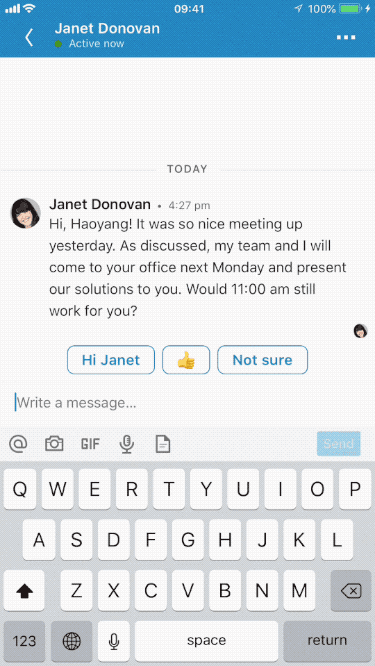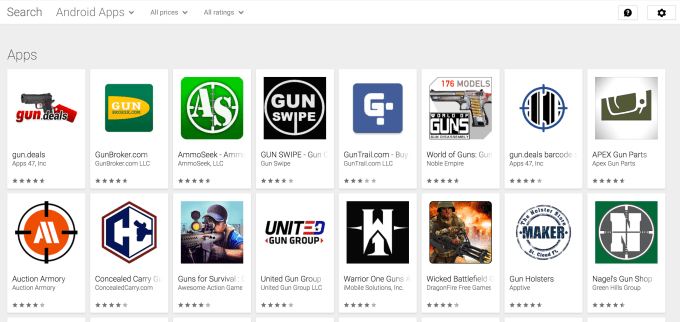Are you a hacking speed demon of incomparable skill? Then we want you to submit your best hack to the Virtual Hackathon going down at TechCrunch Disrupt San Francisco 2018 on September 5-7. But you need to chug Red Bull like never before, because this is the last week you can submit your hack. The deadline is August 2, so no matter where you are in the world, get coding and submit your hack right here. C’mon, show us your mad skills.
Here’s how the Virtual Hackathon works. We’ve recruited some awesome judges — including a few from Pinterest and Slack — and they’ll scrutinize and score all submitted hacks. Based on the quality of the idea, technical implementation of the idea and the product’s potential impact, the judges will score each hack on a scale of 1-5.
The 100 top-scoring teams win up to five Innovator Passes to Disrupt SF 2018 for the members of their team. The top 30 teams move forward to the semi-finals and demo their hacks at Disrupt SF 2018. The top 10 semi-finalists will step onto The Next Stage to demo their product to the world. The “Best in Show” team will win a grand prize of $10,000 and be crowned TC Disrupt Virtual Hackathon’s first champion.
Of course, our Hackathon is famous for interesting hack contests from our sponsors, and the Virtual Hackathon has many additional thousands of dollars in cash and prizes on the line. Not to mention some wicked cool challenges from Sony Pictures and United Airlines, BYTON, TomTom, Viond, Visa, HERE Mobility and Amazon. Check them out and jump on in!
You have no time to waste if you want to participate in our first Virtual Hackathon and have a shot at free passes to TechCrunch Disrupt San Francisco 2018 on September 5-7 — and a whole lot more. The deadline for submitting your hack is August 2. That’s just one week away, so sign up today.
Now we’re thrilled to tell you about this contest sponsored by Novartis .
Novartis
The challenge: Help us empower heart failure patients and save lives!
Heart failure is a chronic debilitating and potentially life-threatening disease affecting 26 million people worldwide. It is one of the most difficult and chronic heart diseases to manage and the biggest cause of hospital admissions in adults aged over 65 in the Western world (Source: Heart Failure). As a result, treatment costs, including hospitalizations, are estimated at $108 billion a year worldwide. About 25 percent of patients die within a year of diagnosis and 50 percent within five years (Source: CDC and WHO).
What Novartis is looking for is a digital solution to help better monitor, manage and even predict worsening symptoms of heart failure. After a patient is diagnosed with heart failure, there are very few resources available to easily and unobtrusively monitor their heart health over time. Adherence to therapy and lack of health interventions are major reasons why patients’ health often deteriorates rapidly after a diagnosis. This solution should therefore drastically reduce the number of hospital re-admissions and deaths following an initial diagnosis.
Our challenge to you
Help us reimagine medicine by using your creativity and tech skills to develop a tool that easily captures important cardiovascular vitals and monitors symptom progression, empowering patients to detect potential problems earlier and seek treatment sooner. Novartis is looking for accessible, affordable and easy to use technologies that can seamlessly integrate into the life of a patient who has recently been diagnosed with heart failure. Use of personal digital devices (smartphones, smartwatches, etc.), telemedicine and innovative patient engagement are encouraged.
Novartis is not looking for diagnostic devices that (a) is not a standard consumer device (e.g. a non-commercial wearable) and (b) increases the burden and involvement of a patient in monitoring their disease.
What to submit?
- An elevator pitch (50 words or less)
- An awesome pitch deck (max 10 Slides)
Consider including the following:
- Vision and value proposition
- Problem being solved
- Description of solution
- The product (description of the technology)
- Business model
- Traction to date and roadmap to scale
- The team
- How will winning the Novartis TechCrunch Hackathon help you?
- Link to your website (optional)
- Additional information (optional)
- Demo of product
- Logo and other marketing materials
Things to think about:
- Passive data collection
- Ease of use; noninvasive
- Software/tool that integrates with diffusive devices
- Measuring health status and change-over-time, specifically health deterioration
- Capturing shortness of breath (dyspnea) and respiratory rate
- Capturing body fluid retention (edema)
- Capturing physical activity, changes in energy and fatigue
- Capturing heart vitals (bpm, arrhythmia, EKG)
- Affordable for the general population
- Not a diagnostic tool
Prizes:
- First place: $15,000
- Second place: $8,000
- Third place: $3,500
- Fourth place $2,500
- Fifth place: $1,000
All five finalists will receive passes to TechCrunch and up to $500 of travel reimbursement. First prize includes access to a validation study (where appropriate), dedicated Novartis mentors, access to Novartis data lakes, free space and use of fabrication equipment, frequent encounters with industry leaders and investors through events, office hours and networking opportunities.
To contact our challenge administrators at HITLAB send an email to: challengeadmin@hitlab.org.

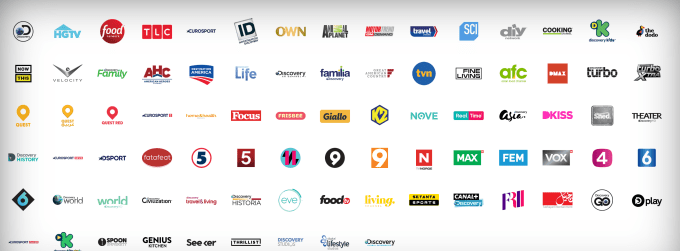
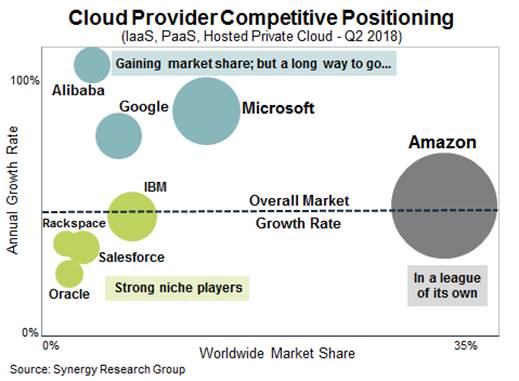
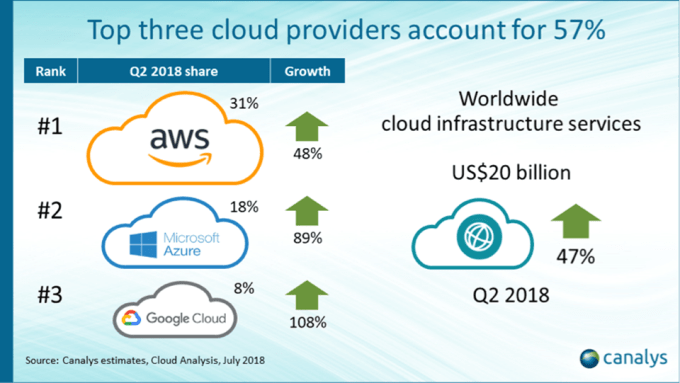
 Cheers to
Cheers to 